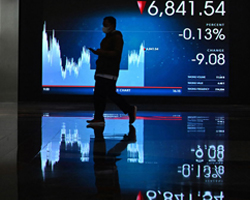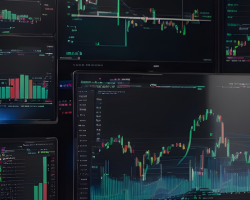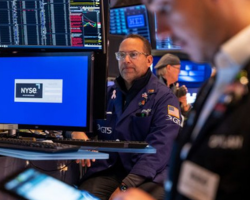S&P 500 Climbs as Trump Delays Tariffs, Investors Await US Retail Sales Data | Daily Market Analysis
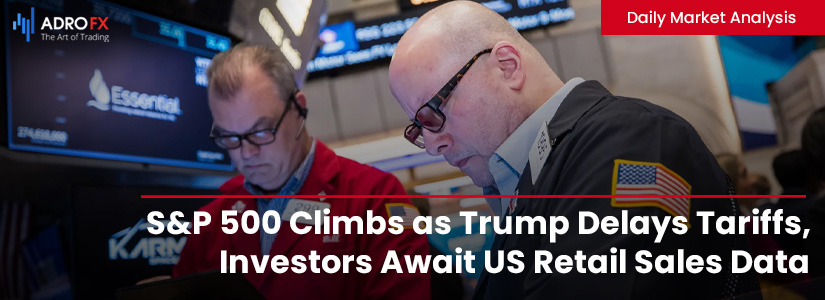
Key events:
- USA - Core Retail Sales (MoM) (Jan)
- USA - Retail Sales (MoM) (Jan)
The S&P 500 ended Thursday’s session on a positive note after President Donald Trump signed an executive order to examine the feasibility of imposing reciprocal tariffs on US trading partners. While the move raised concerns over potential trade conflicts, markets found relief in the fact that the administration did not implement any immediate measures. Investors responded favorably, pushing the Dow Jones Industrial Average up by 342 points (0.8%), while the S&P 500 gained 1%, and the NASDAQ Composite advanced 1.5%.
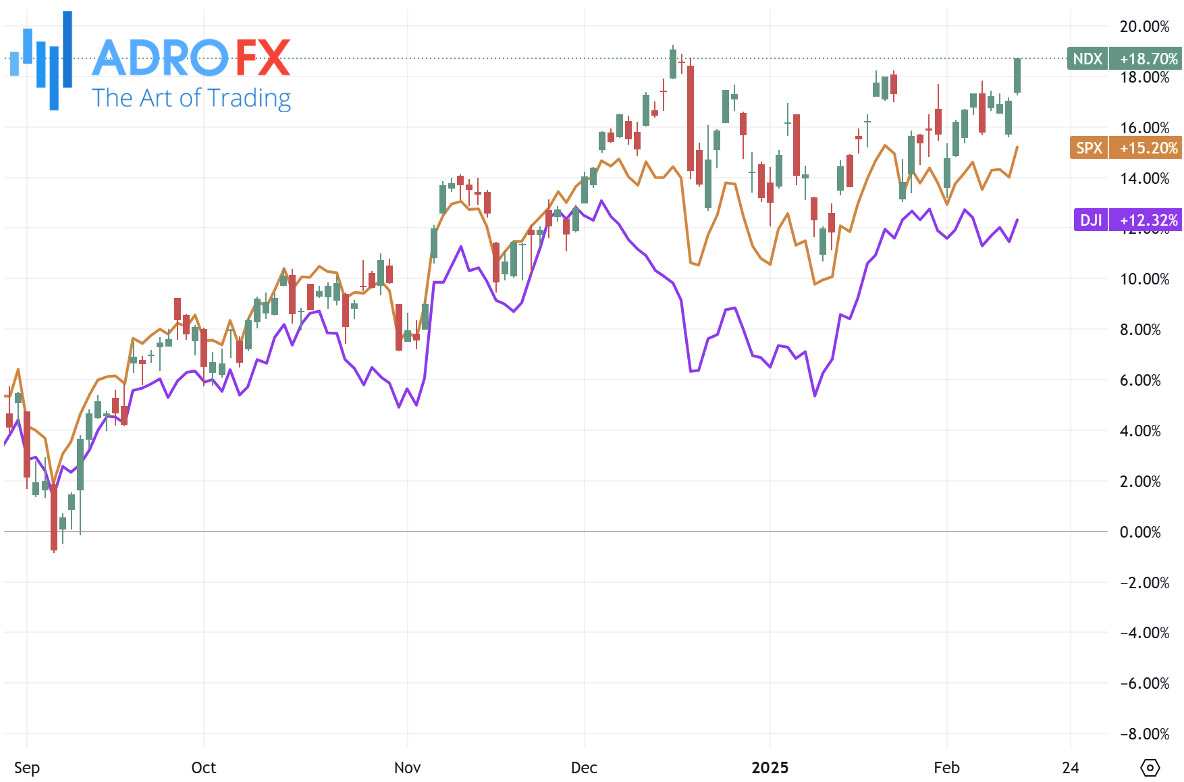
Meanwhile, in the forex market, the USD/CHF pair strengthened during early European trading hours on Friday, climbing to approximately 0.9045. Renewed demand for the US dollar lent support to the pair. However, ongoing geopolitical risks and the flight to safe-haven assets may limit further upside potential for the dollar against the Swiss franc.
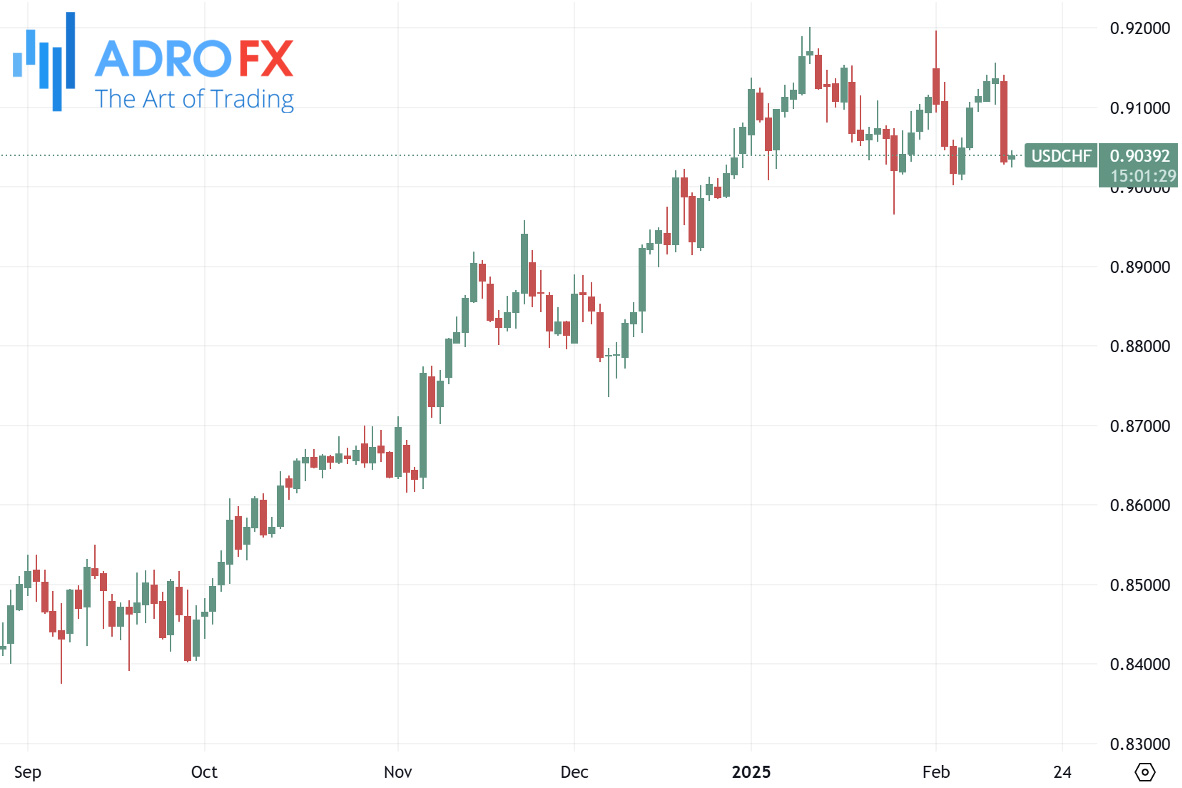
Economic data released this week has reinforced expectations that the US Federal Reserve will maintain interest rates at elevated levels for an extended period. The hotter-than-expected US Producer Price Index (PPI) added to inflationary pressures, suggesting that policymakers are in no rush to ease monetary policy. Federal Reserve Chair Jerome Powell echoed this sentiment, emphasizing that strong labor market conditions and robust economic growth justify a cautious approach to rate cuts.
Scott Anderson of BMO underscored this growing sentiment, stating that the idea of "higher-for-longer" interest rates is once again dominating market expectations. Traders are closely monitoring upcoming US retail sales data, which is due later on Friday. A stronger-than-expected report could provide further momentum for the US dollar, particularly against the Swiss franc.
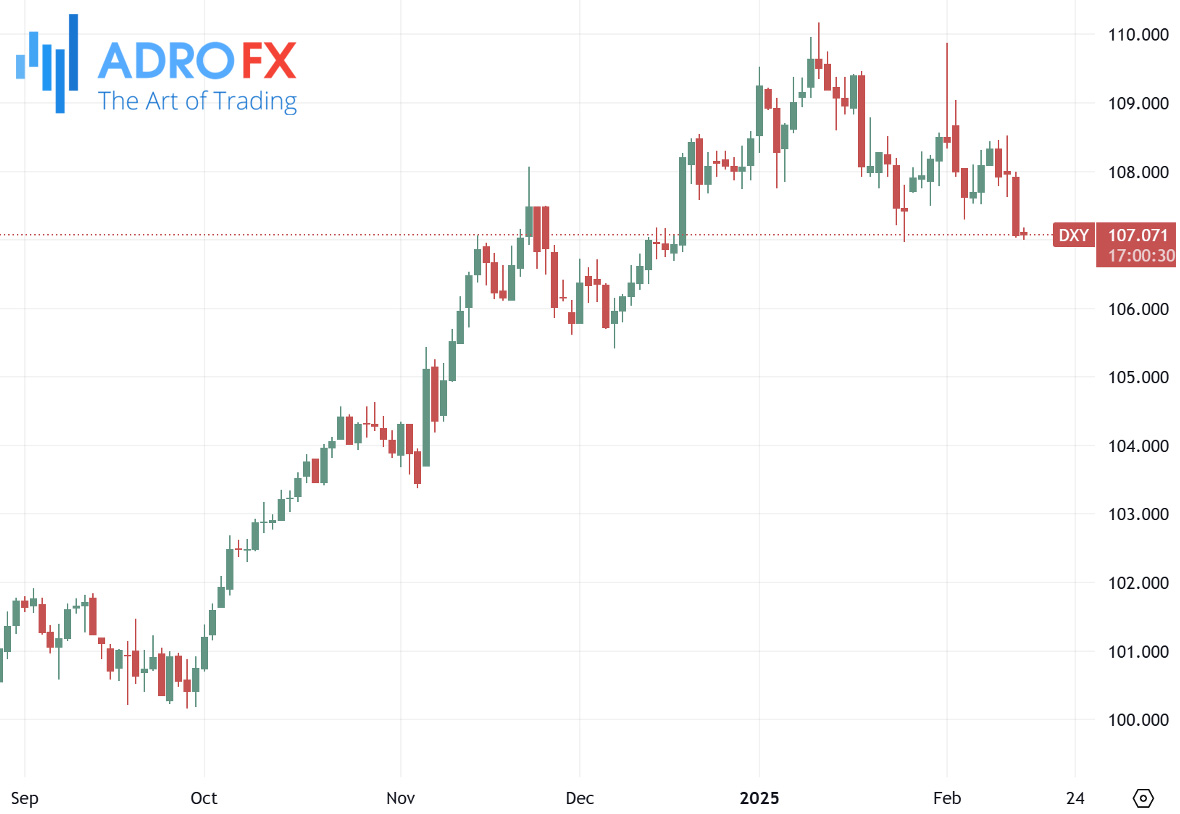
On the Swiss side, the latest Consumer Price Index (CPI) figures revealed that inflation eased to 0.4% year-over-year in January, down from 0.6% in December. This reading, which aligned with market expectations, marked the lowest level since April 2021. Month-over-month, inflation declined by 0.1%, mirroring the previous period’s pace. With inflation cooling, the Swiss National Bank may face less pressure to tighten monetary policy further.
The ongoing geopolitical landscape remains a critical factor influencing safe-haven flows. The Israeli government reaffirmed its commitment to a hostage-release agreement with Hamas but warned that failure to secure the scheduled release of three hostages on Saturday could lead to a resumption of military action. Heightened tensions in the region could drive further demand for the Swiss franc and other traditional safe-haven assets.
Shifting focus to the Australian dollar, the AUD continued its upward momentum for a second consecutive day on Friday. This rally was fueled by President Trump’s decision to delay the enforcement of reciprocal tariffs, which alleviated some concerns over escalating trade tensions. Additionally, a softer US dollar, driven by falling Treasury yields, provided further support for the AUD/USD pair. However, despite these gains, the Australian dollar may face headwinds in the coming sessions due to the Reserve Bank of Australia’s monetary policy outlook.
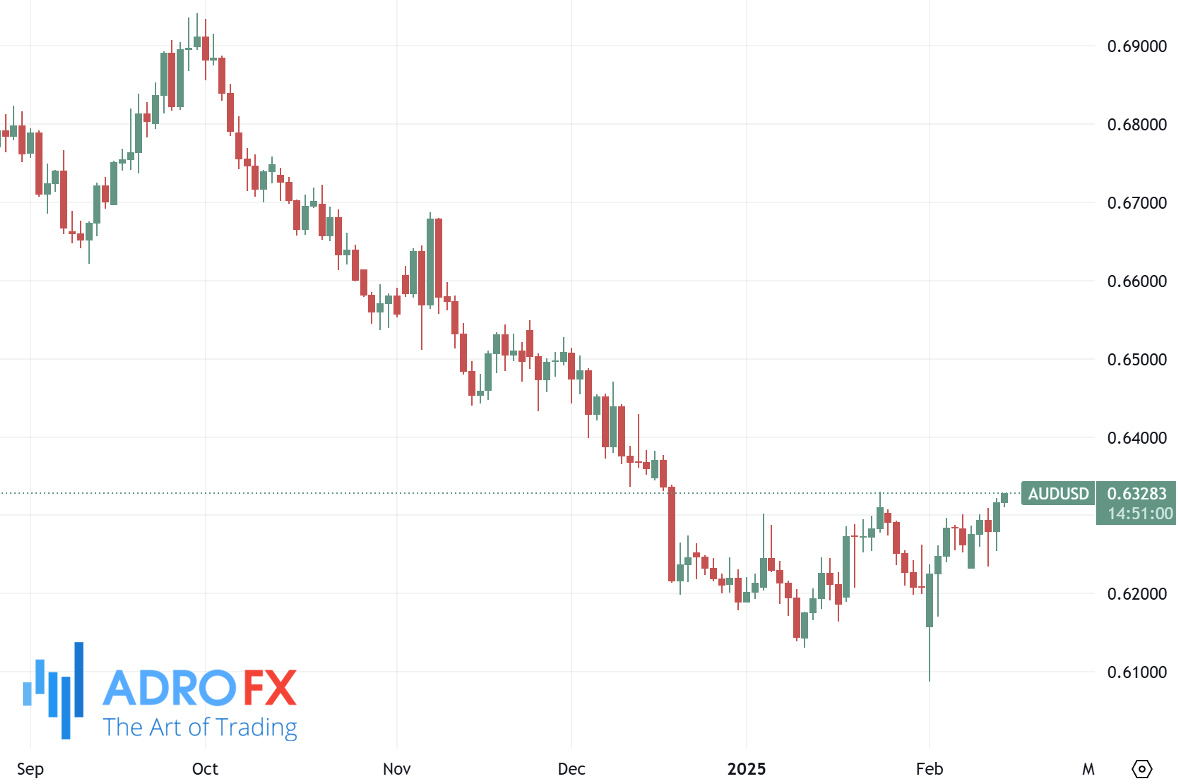
Recent inflation expectations data suggests that consumer price pressures remain elevated, with inflation expectations rising to 4.6% in February from 4.0% in January - the highest level since April 2024. Market participants are now pricing in a 95% probability that the RBA will cut interest rates to 4.10% in its upcoming meeting, as policymakers look to support economic growth amid signs of cooling inflation.
Over in the eurozone, the EUR/USD pair held steady around 1.0460 during Friday’s Asian session, following three consecutive days of gains. The euro’s outlook remains uncertain, however, as European Central Bank policymaker Boris Vujčić commented on Thursday that market expectations of three rate cuts this year appear reasonable. He also hinted that the ECB might soon remove references to maintaining a “restrictive” policy stance, citing an expected decline in services inflation in the months ahead.
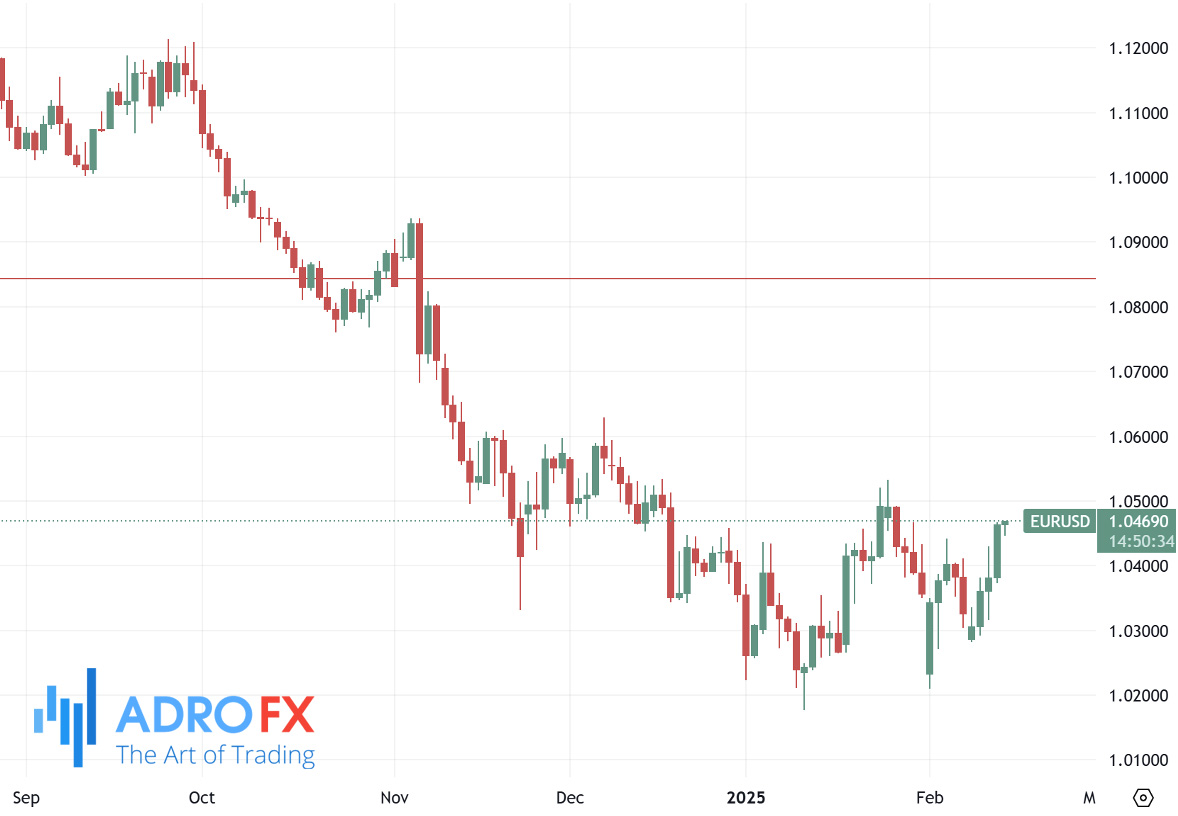
Meanwhile, the British pound remained relatively stable, with GBP/USD hovering near 1.2560 during early trading on Friday. Fresh economic data from the UK revealed that GDP grew by 1.4% year-over-year in the fourth quarter of 2024, exceeding market forecasts of 1.1% and improving from the previous quarter’s revised growth of 1.0%. This marks the fastest annual expansion since late 2022. For the full year 2024, the UK economy expanded by 0.9%, driven primarily by a 1.3% increase in the services sector.
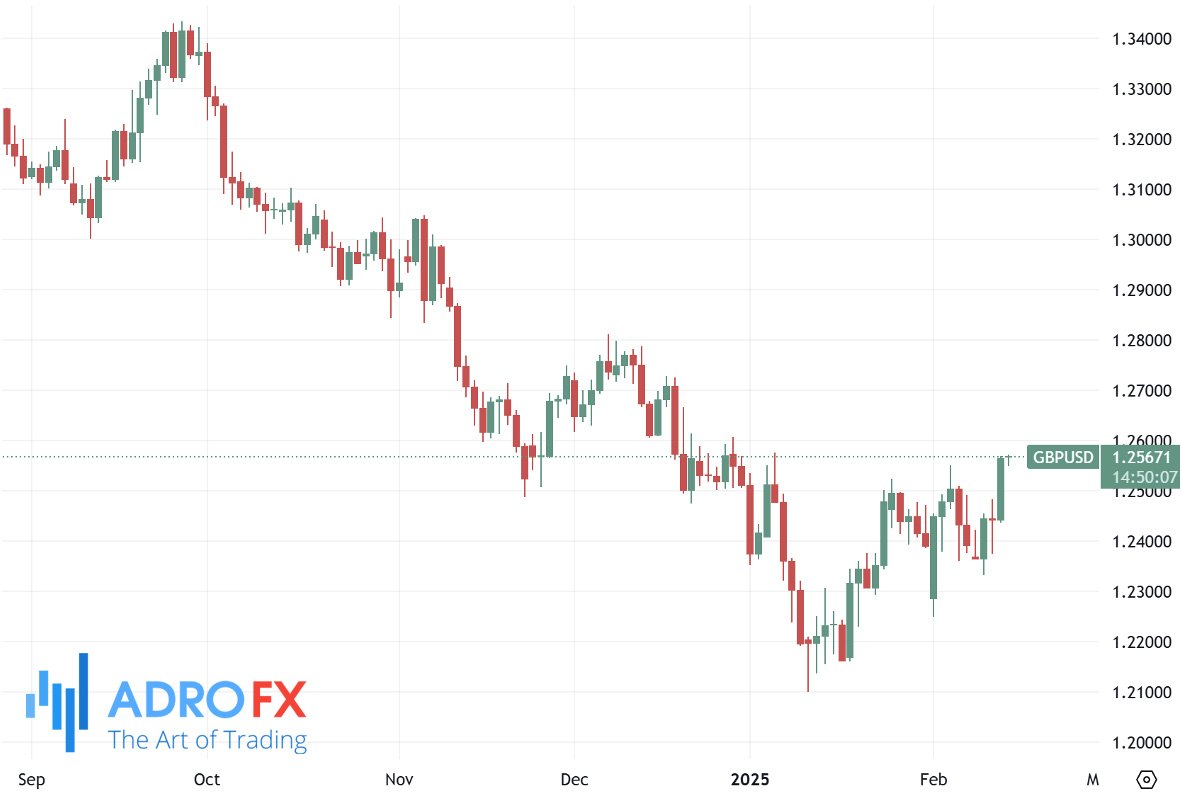
The Japanese yen also drew attention, with USD/JPY trading around 152.60 following a decline in the previous session. Japan’s Economy Minister Ryosei Akazawa indicated that authorities are closely monitoring the impact of US reciprocal tariff policies on Japan’s economy. At the same time, the yen gained support from better-than-expected Japanese Producer Price Index data, which reinforced expectations of further rate hikes from the Bank of Japan. With inflationary pressures building and wage growth accelerating, the central bank may be compelled to continue tightening monetary policy.
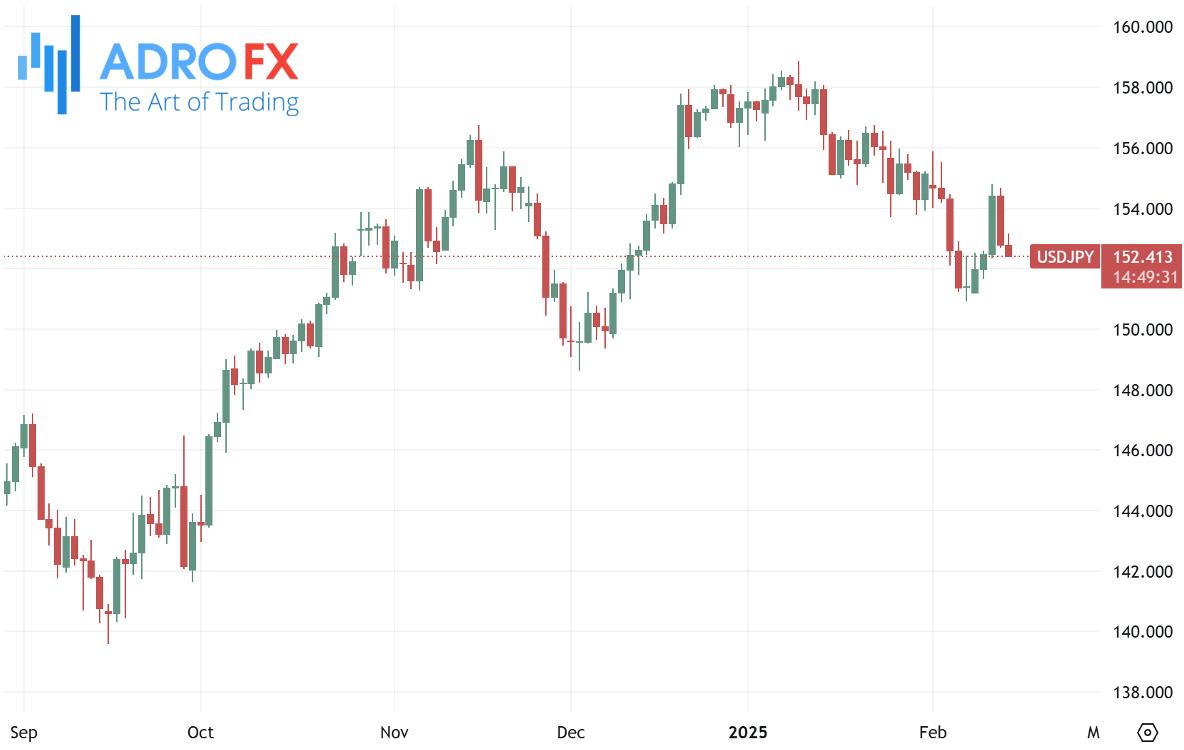
As the week comes to a close, market participants are turning their attention to the upcoming US retail sales report, the final major economic release of the week. Expectations suggest a slight contraction of -0.1% in January’s retail sales, following a 0.4% increase in the previous month. The report will be closely scrutinized for signs of consumer spending trends, as any deviation from forecasts could influence Federal Reserve policy expectations and impact currency markets.


